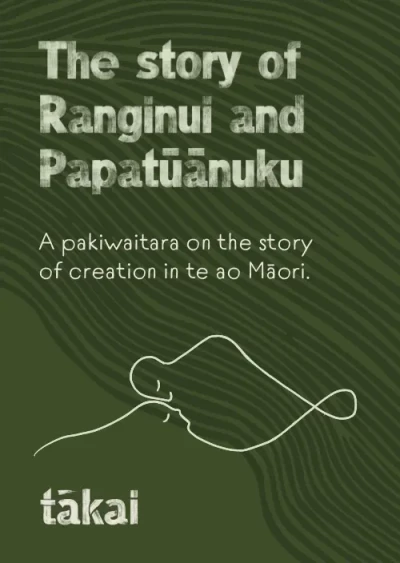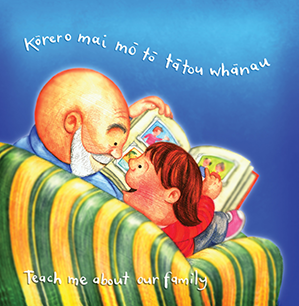
Storytelling
Tamariki love hearing stories. They strengthen children's memories, language, imagination, and sense of self, and help connect them to their history.
Children love hearing stories. They can be about almost anything and are an enjoyable way for tamariki to connect with whānau and learn about their histories.
Storytelling is valuable
Storytelling is a way for whānau to entertain, teach and strengthen their relationships with tamariki.
Preschoolers are ready and eager to participate in stories. Storytelling involves tamariki in a way that listening to a book doesn’t. Storytelling allows for the story to be adapted to individual children’s interests, which encourages creativity and communication skills.
Stories tell our histories
People have been telling each other stories forever. Our ancestors gathered together and sat around the fire at night telling stories. Those stories got handed down from generation to generation to become part of our histories.
Tamariki feel loved and treasured, and are entertained and educated by listening to an adult telling a story. Hearing these stories can help tamariki feel they belong.
Stories are everywhere
Stories can be about anything or anyone and can be found everywhere – in the natural world, on the internet, in the newspaper, at the library, on the radio or TV, from the neighbours and the whānau.
Stories about events in their daily lives are perfect for tamariki at this age. Encourage whānau to share what happened at kōhanga, the beach, playgroup or Nana’s birthday party – these can all be scenes for a story.
If whānau are struggling for inspiration, here are some simple story starters that might help get them going:
- When I was your age…
- Guess what happened at my work today...?
- I used to have a pet called…
- Remember the day we caught that crab at the beach…?
- One day, when I was driving my car on a very dusty road…
- Long ago, Ranginui and Papatūānuku loved each other...
Adding extra oomph to your story
There are lots of ways for whānau to make their stories exciting. Try:
- Using different voices for different characters.
- Showing how the characters are feeling with facial expressions and body movements.
- Varying the pace or volume of your voice to make the story come alive for tamariki. Scary parts might have a whispering voice. Build anticipation by slowing your speech right down. Moments of surprise can be heightened by a loud voice.
- Repeating lines that tamariki can say with you – it's an easy way of getting them to participate in the story. Adding little twists to these can add humour.
Whānau can also try using some of their child’s toys as characters in their story:
- Once upon a time, Ted met Mr Lion and … what do you think they said to each other?
Have a problem in the story that needs to be solved and make sure the problem gets sorted out.
- One morning, we woke up and found that a very scary thing had happened. In our kitchen, there was a huge …
- Luckily, Koro arrived with his …
Conversation ideas
Helpful resources for whānau
-
Storytelling with children<
Storytelling with childrenStoryteller Anne E. Stewart talks about telling stories with children. She says storytelling promotes literacy and language and gets children ready to start reading. Stories about family and culture also give children a sense of their place in the world.
 pdf 11 MB
pdf 11 MB












